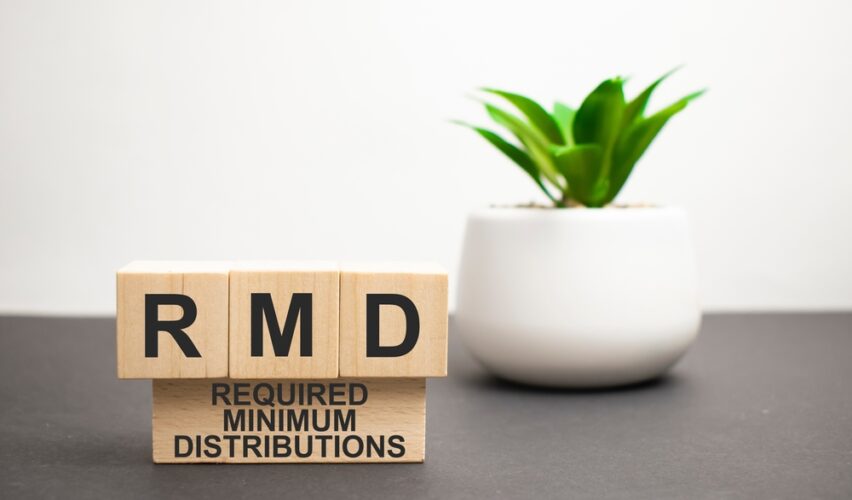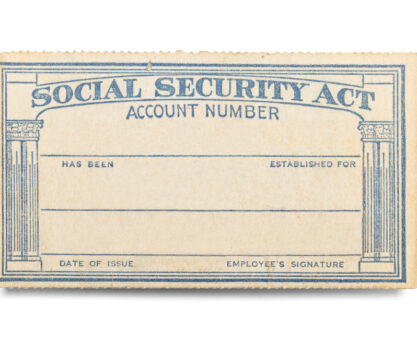Tax-deferred retirement accounts like the traditional Thrift Savings Plan (TSP), and private-sector 401(k)s, help lower your tax burden during your working years. But the IRS never intended to allow these accounts to grow tax-free indefinitely.
Required Minimum Distributions (RMDs) were established to enable Uncle Sam to get his cut when you hit an age established by federal law. Without a tax-savvy strategy, you may end up in a higher tax bracket when RMDs kick in.
Recent Changes To The Age For RMDs
Effective January 1, 2023, the SECURE Act 2.0 raised the RMD age to 73 for those born after December 31, 1950. Starting in 2033, the age for RMDs will increase to 75. Even better – as of January 1, 2024, Roth TSP balances are no longer subject to RMDs. This brings us to the first RMD tax strategy you may want to consider.
“Considering that the Trump tax cuts are set to expire on December 31, 2025, there’s no doubt you’ll be in a higher tax bracket if you’re planning to retire soon.”
Start Making Roth TSP Contributions
It’s simple – the Roth TSP provides tax-free income in retirement. Since contributions are deducted from your after-tax earnings, you’re paying taxes based on your current income tax rate. Considering that the Trump tax cuts are set to expire on December 31, 2025, there’s no doubt you’ll be in a higher tax bracket if you’re planning to retire soon.
The Roth TSP is also a good option for when you need to withdraw a considerable amount of money for an emergency or unexpected expense. When you use it as a tax-free emergency fund in retirement, you don’t have to worry about a large distribution bumping you into a higher tax bracket.
Start Shrinking Your Traditional TSP Balance
Though it may seem counter-intuitive to withdraw funds from your TSP when you don’t need the money, it can help lower your taxes when RMDs kick in. You may even want to consider taking advantage of penalty-free, in-service withdrawals at age 59-½.
When your traditional TSP balance remains high, it increases the taxable distribution required by the IRS at age 73. Add to this, the RMD withdrawal percentage gets higher as you grow older.
Delay Filing For Your Social Security Benefits
Another RMD tax strategy to consider is increasing the amount of your TSP withdrawals throughout retirement while delaying taking Social Security benefits. This way you can shrink your traditional TSP balance before RMDs kick in while earning delayed retirement credits to increase your Social Security check.
These are just a few strategies to consider to help lower your tax burden in the later years of your retirement. Touch base with an FRC® trained advisor to learn more.
























